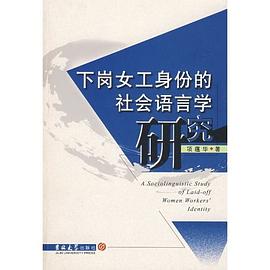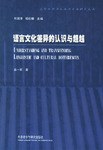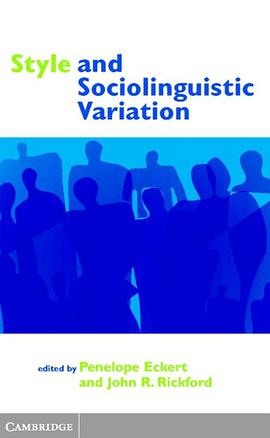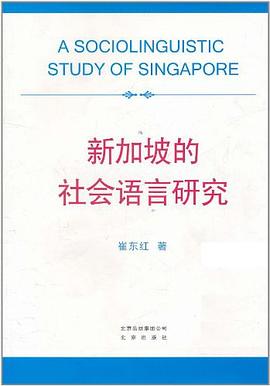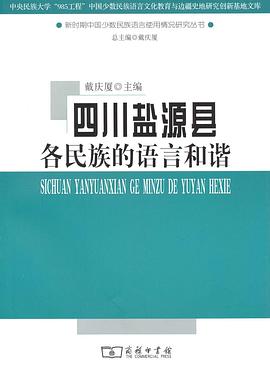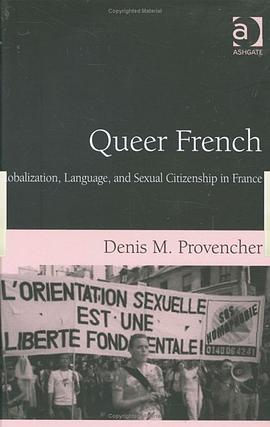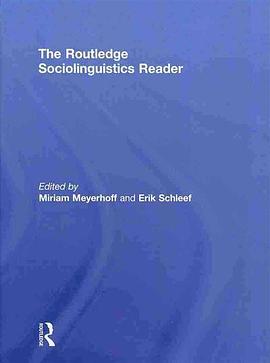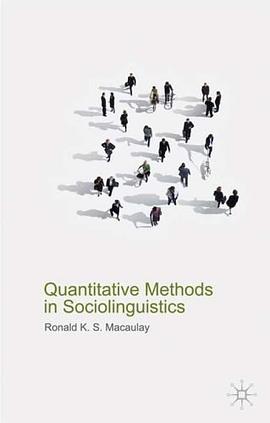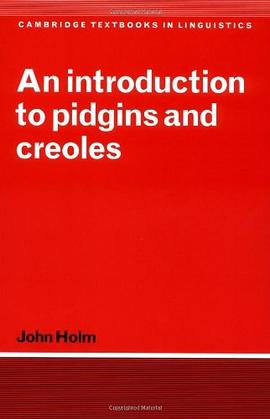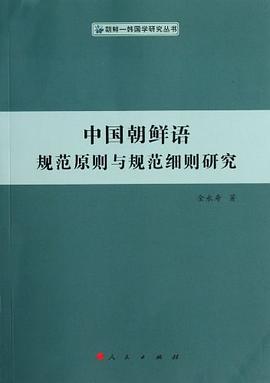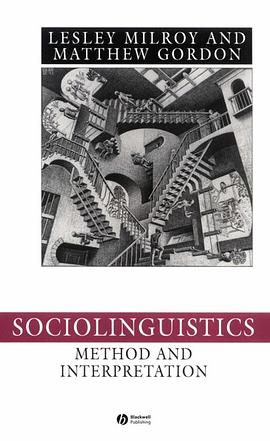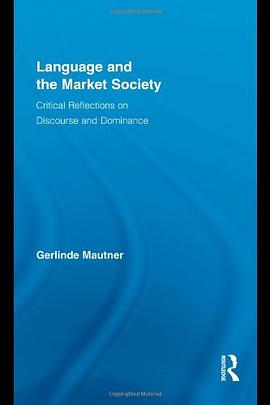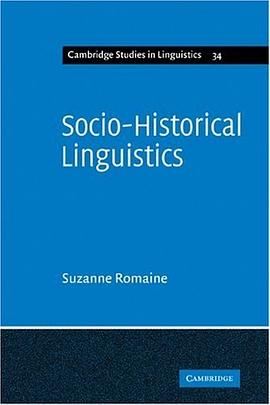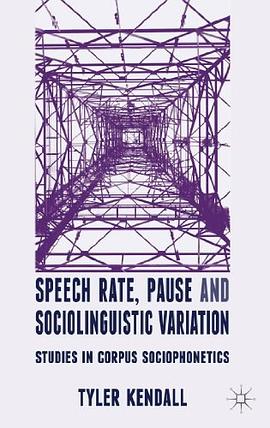Chapter 1 Introduction
Chapter 2 Literature Renew
2.1 Social identity and identity studies
2.1.1 Labovian variationist study of identity
2.1.2 The speech community theory
2.1.3 Communities of practice theory
2.2 Social constructionist approach to identity study
2.2.1 Four premises of social constructionism
2.2.2 The construction of the world through language
2.2.3 Social identity construction
2.3 Narrative construction of identity
2.3.1 Narrative and narrative analysis
2.3.2 Narrative analysis of identity construction
2.3.3 The limitations of Labov’S evaluation model.
2.4 The temporal and spatial dimensions of identity
2.5 Towards a realist approach to sociolinguistic study of identity
Chapter 3 Methodology
3.1 Data collection and sample selection
3.2 Analytical~amework
3.2.1 Case study approach
3.2.2 Critical discourse analysis approach
3.2.3 Genre analysis approach
3.2.3.1 The concept of genre
3.2.3.2 Bakhtin’S genre theory
3.2.3.3 Lemke’S genre theory
3.2.3.4 News reports on laid—offwomen workers
Chapter 4 Data Analysis
4.1 The government’S theoretical description
4.1.1 Foucault’S constructionist approach
4.1.2 Data analysis
4.1.2.1 Policy discourses guiding the reform inside state-owned enterprises
4.1.2.2 Defining the lay—offs staff
4.1.2.3 Defining the service(tertiary)industry
4.1.2.4 Defining li~16ng training
4.1.2.5 Reemployment discourse
4.1.3 Summary
4.2 Media—projected identity of laid—off women workers
4.2.1 Stance
4.2 2 Contexts
4.2.3 Problems.
4.2.4 Solutions
4.2.5 Summary
4.3 Narrative analysis of the identity construction
……
Chapter5 Conclusion
· · · · · · (
收起)
